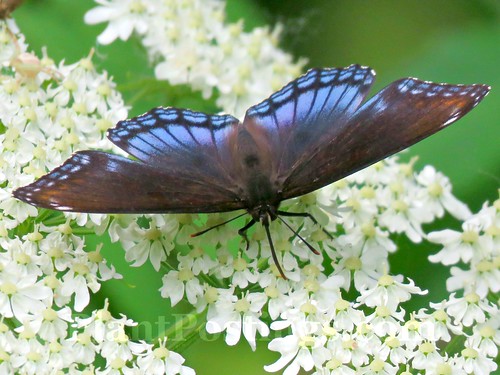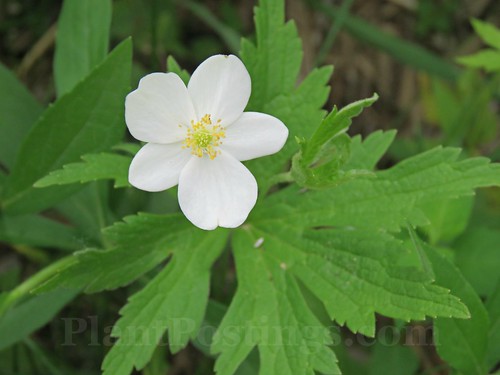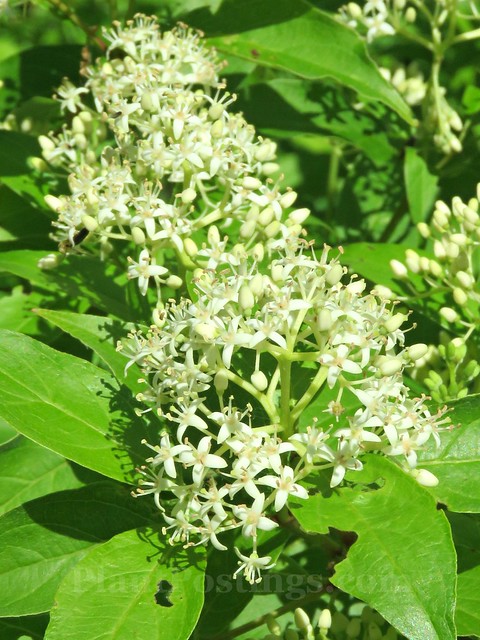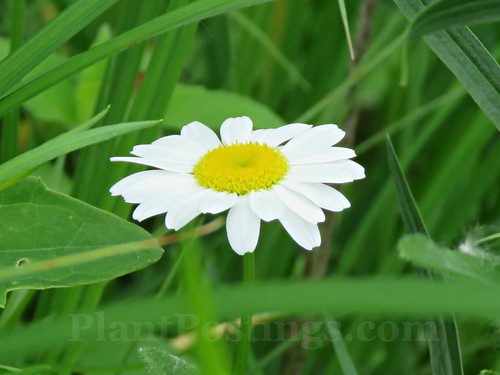
A few days ago, I headed to the Edna Taylor Conservation Park near Monona on the east side of Madison. Embarrassingly, I hadn't discovered this property until last summer, even though I lived just a few blocks away when I first moved to the area many years ago, and I currently live only a few miles south.
It's really an incredible park, combining wetland, savanna, and prairie habitats. Most of the park is semi-open woodland, similar to my garden, so I find much inspiration in the plants that thrive there.

In addition to noting plants currently taking center stage at the park, I also visited the park to survey butterflies for master naturalist citizen science reporting. I didn't see as many as I'd expected on this trip, but one, and then two, red-spotted purples delighted me as they nectared and floated around a patch of Cow Parsnip (Heracleum lanatum). I'm not sure I'd encourage this plant in my garden, but the bees, butterflies, and other pollinators were certainly enjoying it.

I sure would like to get Canada Anemone (A. canadensis) going in my garden. I tried broadcasting seed without success, so maybe I should try plants. But then rabbits would probably eat them. (As I'm writing this, I just watched a rabbit take down a Wild Bergamot (Monarda fistulosa)--a plant they're not supposed to like...one I planted last summer and one of several the rabbits have eaten recently. Before you suggest rabbit repellents, frankly, I've tried them all, and the only thing that works here is caging, but I can't cage my entire garden.)

Anyway...on to this beautiful bee on Potentilla (I'm not sure which species). The pollen on the bee's legs matches the pollen on the flower's anthers.

Ah, yes, New Jersey Tea (Ceanothus americanus). I tried this, and of course it was caged, but it never took off. Maybe I should try it again, in a different spot.

A cute little hoverfly on tall grass (I think this is a Bromus species).

A large Shasta Daisy (Leucanthemum spp.) near the stream. Yes, I could find a place for these in my garden.

The highlight of my hike, in addition to the butterflies, was seeing a large number of native Blue Flag Irises (Iris virginica var. shrevei) in bloom. They truly are graceful and lovely.
As I battle the rabbits, and struggle with my "edge" garden, I'm trying to appreciate the biodiversity that happens in transition habitats--where prairies meet woodlands, wetlands meet dry woods, sun meets shade. These are tough conditions. Plants that thrive here must adapt to wet years and dry years, dappled and unpredictable light, and competition from a wide range of plants. We can learn a lot from these adaptable plants.